Analysis of Key Points of Safety and Compliance in Lithium - battery Exports
As foreign trade practitioners, facing off against customs policies is almost a daily routine. Especially when it comes to tax rebates, many practitioners are always both expectant and nervous. The Measures for the Administration of Tax Collection on Import and Export Goods of the Customs of the Peoples Republic of China (hereinafter referred to as the Measures) officially implemented on December 1, 2024, provides taxpayers with clearer tax rebate guidelines.
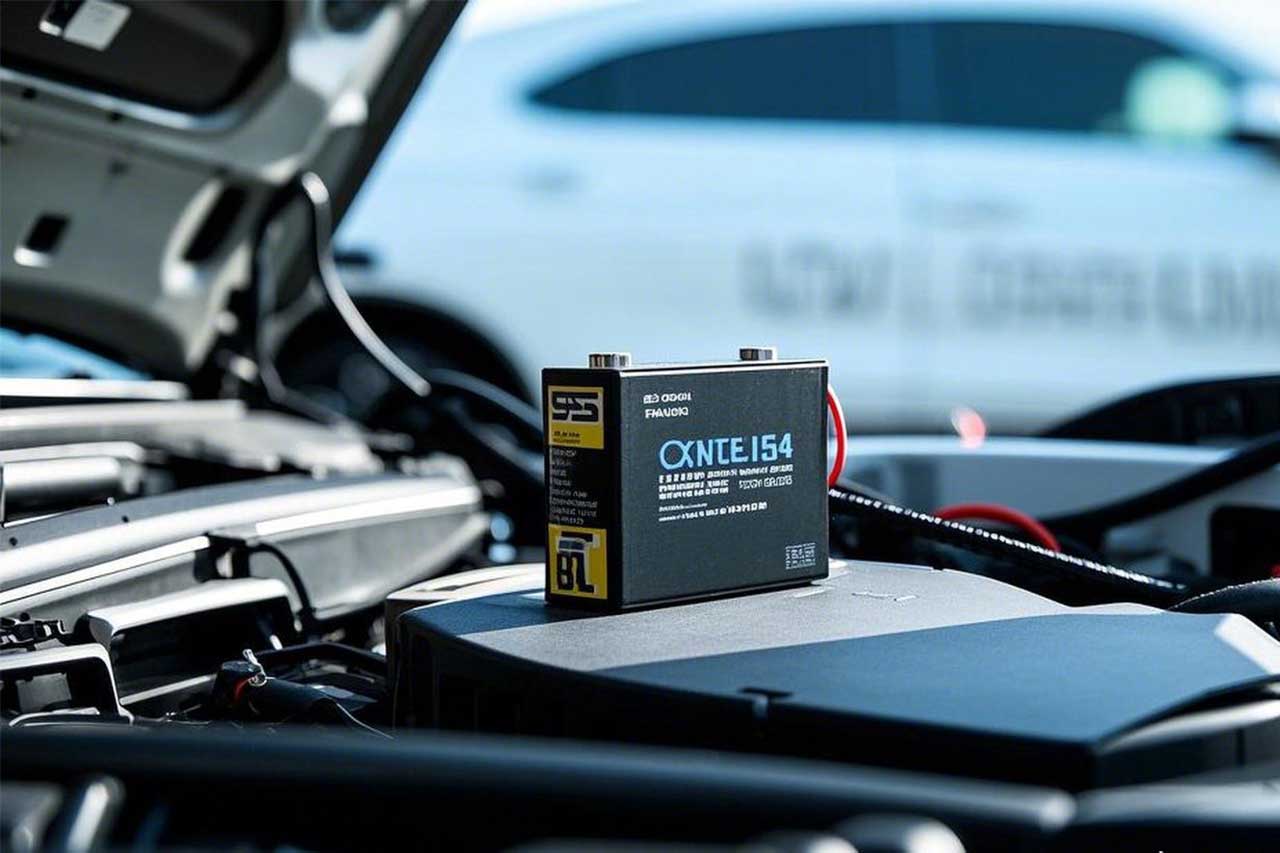
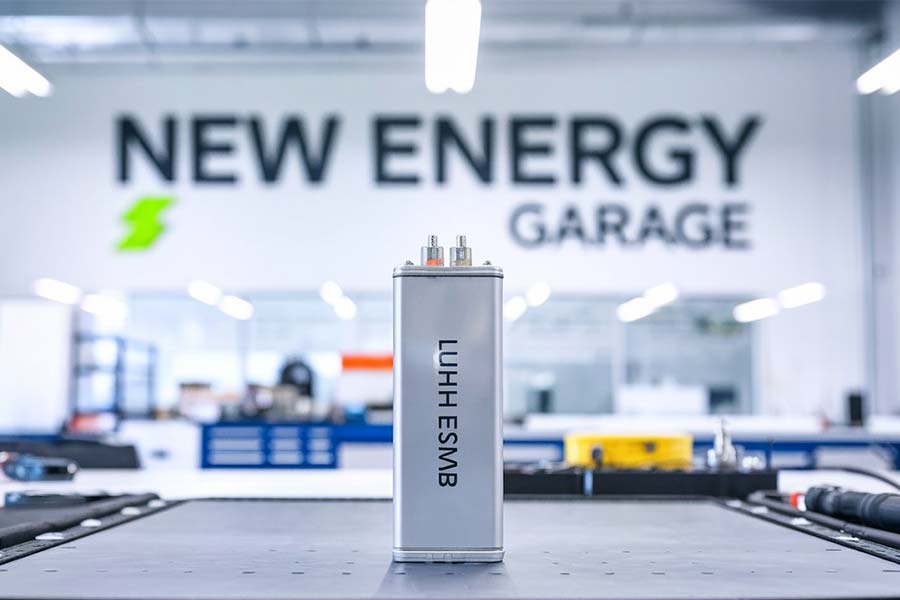
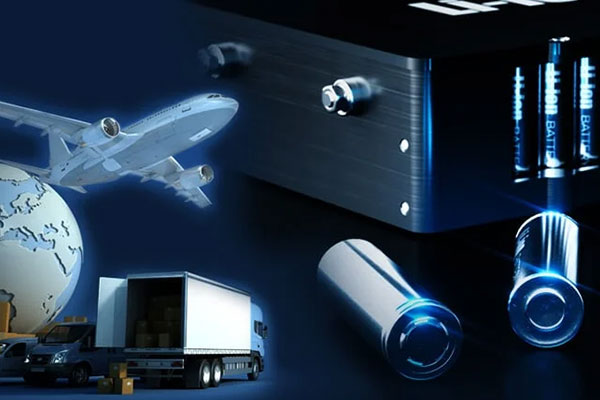



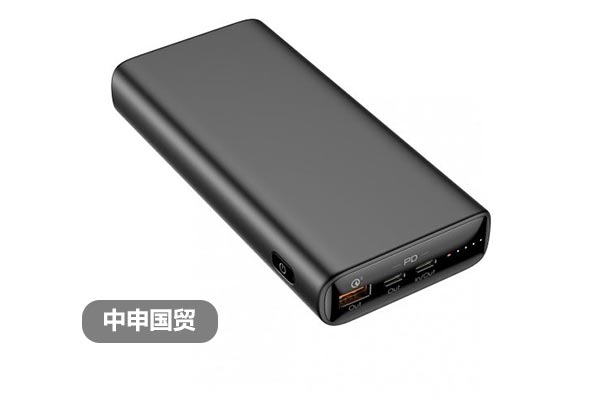
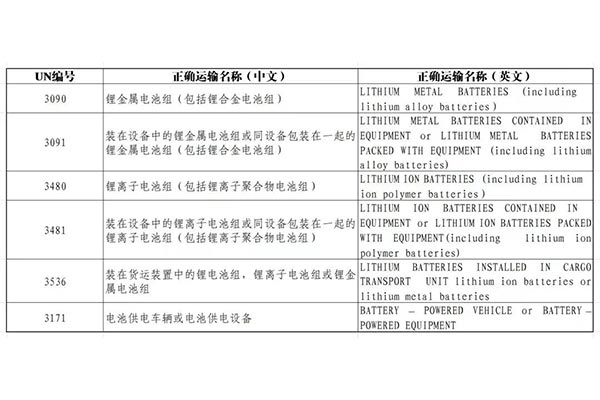



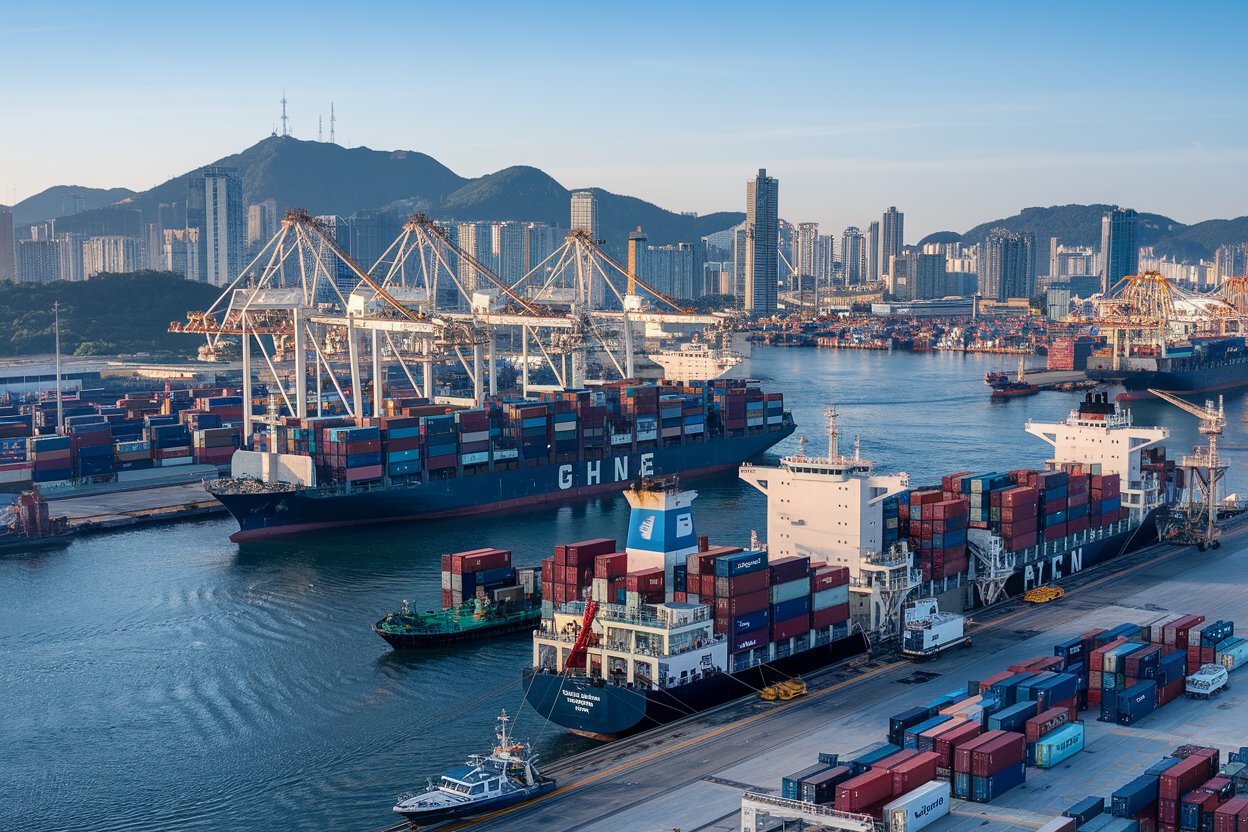

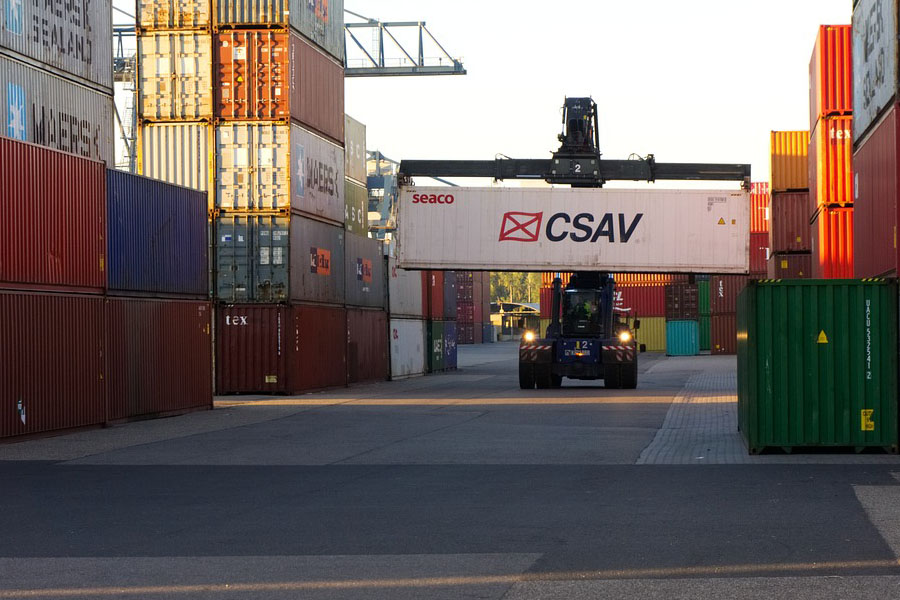

 PSB Record: Shanghai No.31011502009912
PSB Record: Shanghai No.31011502009912



